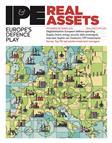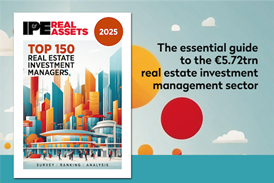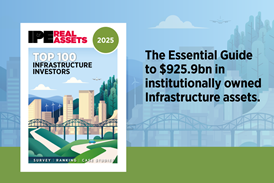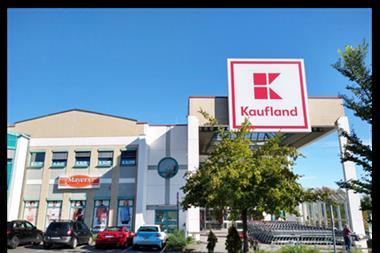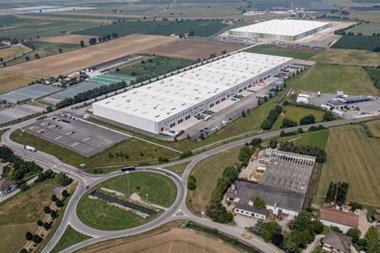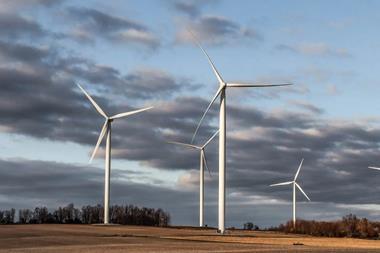Assets under management (AUM) among the largest real estate fund managers in the world fell 2.7% to €3.6trn in 2024, driven by ongoing market uncertainty, sub-trend economic growth and historically low capital raising levels, according to real estate associations ANREV, INREV and NCREIF.
The AUM decline in 2024 marks the third consecutive year of contraction in the global non-listed real estate market in a period when capital raising levels only reached €118bn, the second lowest since 2015.
But The Fund Manager Survey 2025 also highlighted a clear trend towards industry consolidation, with 11% of fund managers surveyed either undergoing or planning mergers, and another 7% actively pursuing acquisitions in 2025.
Capital concentration among the largest managers intensified, as the top quartile now controls 83% or €3trn of total AUM, an increase from 79% in 2023.
While the global top 10 managers maintained a steady €1.9trn in total AUM by the end of 2024, global dry powder fell to €195bn, representing 7.4% of total AUM, down from 8.0% the previous year.
Pension funds and insurance companies remained the leading sources of equity capital, contributing 43% and 19%, respectively, to global real estate in 2024.
Iryna Pylypchuk, INREV’s director of research and market Information, said: “This year’s survey reflects a market continuing to recalibrate, and the real estate universe becoming even more concentrated and competitive in response to a continuously evolving global political and economic order.
“While overall AUM is down for a third year, we’re seeing the twin forces of consolidation and specialisation play out more clearly than ever – with large managers consolidating capital and smaller players leaning into their niche expertise to stay competitive. Industry consolidation is expected to gain momentum, with 11% of respondents undertaking or planning mergers in 2025, and 7% pursuing acquisitions.
“This trend of consolidation, and the increasing concentration of AUM within the biggest investment managers, raises questions over market dominance and accessibility and needs to be watched carefully over the long term.
“The slight decline in dry powder may appear negative at first glance, but it reflects a positive shift as managers begin to deploy committed capital. This is a sign that the markets are moving favourably, and the pace of deployment is picking up.”
Shifting risk apetite and europe’s emerging leadership
According to the survey, managers and investors are increasingly taking on more risk, particularly in Europe and North America. Global real estate allocations to core strategies fell from 67% to 63% in 2024, while opportunistic strategies rose from 24% to 27%.
This increased appetite for risk, despite significant market uncertainty and volatility, suggests that fund managers and investors are aiming to capitalise on current market conditions to enhance returns.
Pylypchuk said that, in the wider picture, the survey results reflect that for the first time in decades, Europe is at the front of the global correction cycle, followed by North America and then Asia-Pacific.
Surplus savings and the recent agenda to power charge European economy with a focus on growth sectors give an additional impetus, she said, adding that Asia-Pacific may be more sensitive to currency volatility, especially against the dollar, while the euro is getting stronger.
“As the US policies focus inward, there is a growing sentiment that if the European economy gets back on track, the euro has the potential to become a reserve currency in the next 15 years. The market is picking up on this, and it is starting to believe in Europe again.”
To read the latest IPE Real Assets magazine click here.

